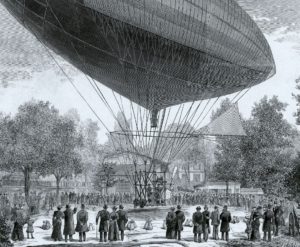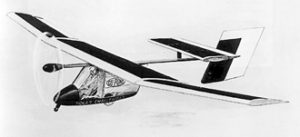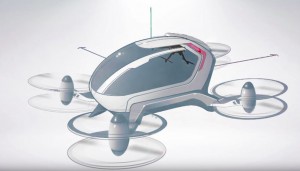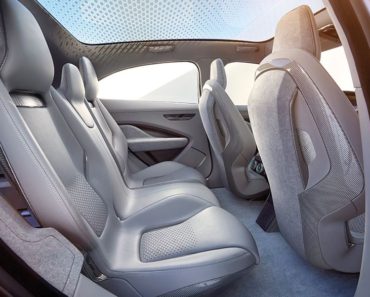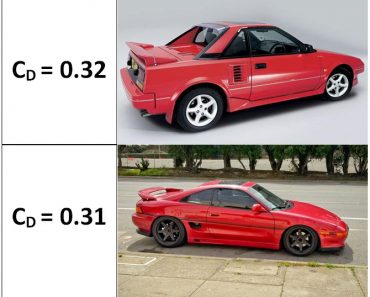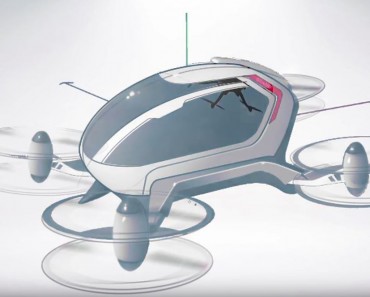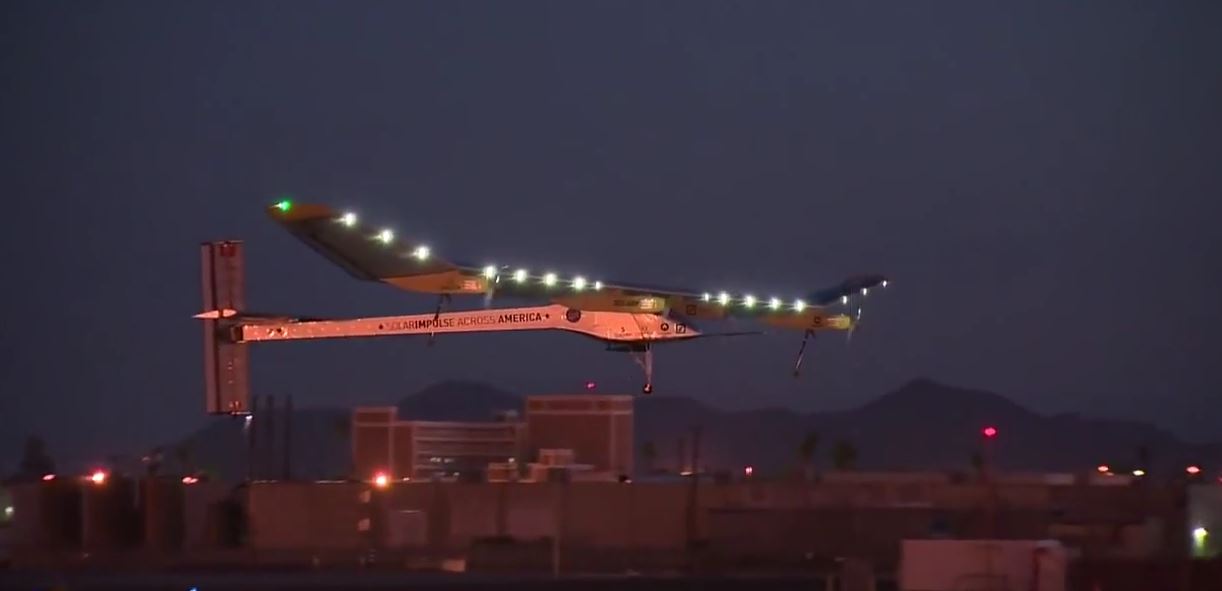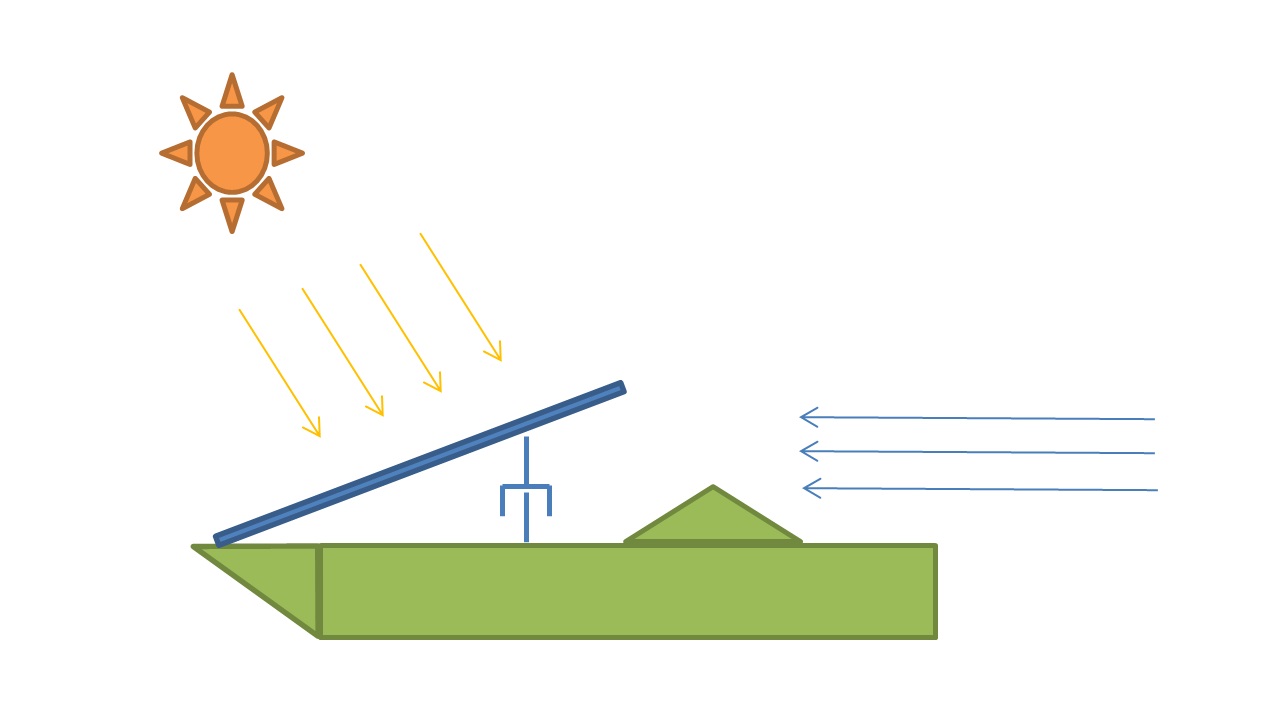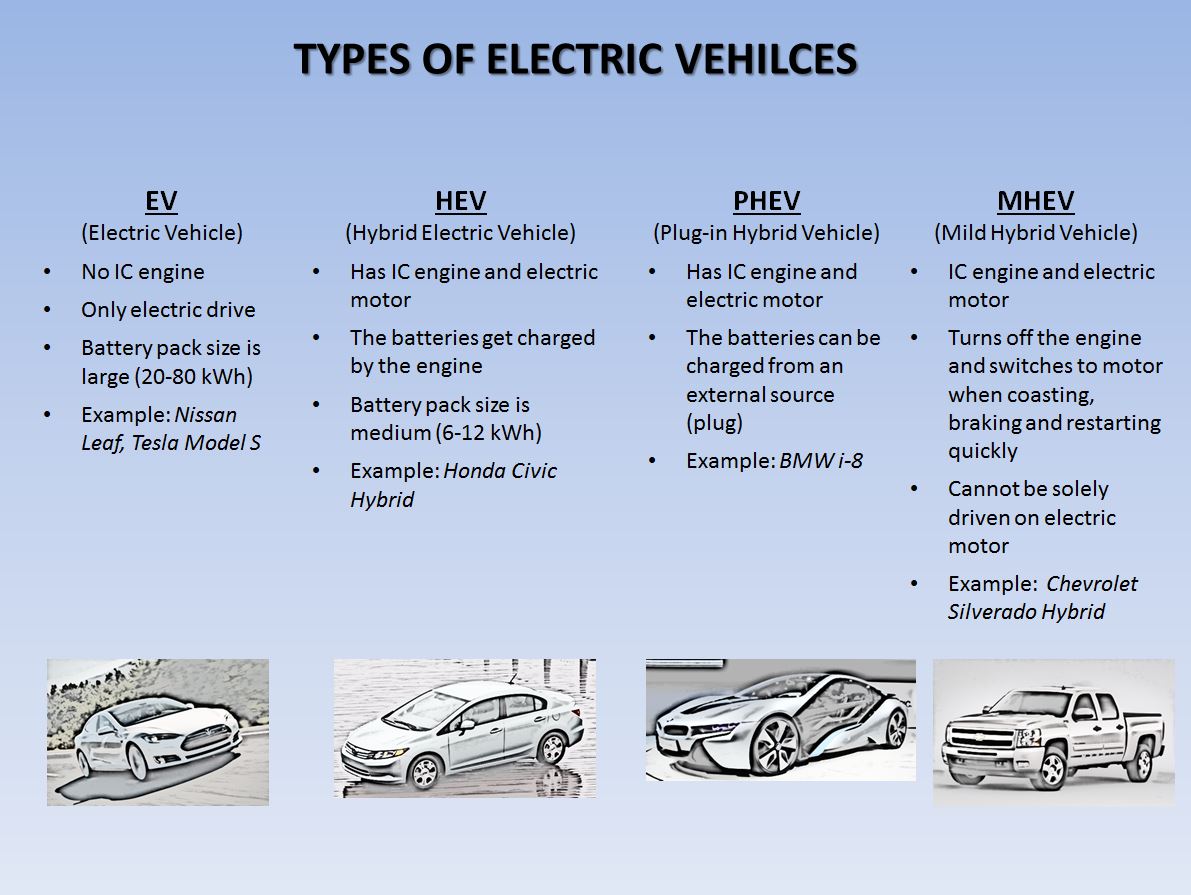Recently Solar Impulse caught eyeballs and captured imagination with its long duration flights across the US and the world. However, contrary to the popular belief, electric aviation is not a new concept. In fact it was as early as 1883 when airship made by the French Engineer Gaston Tissandier used electric propulsion. Similarly, even in the early 20th century, not only airplane but tethered copters were designed with electric propulsion. All of them had limited flight duration and practicality. Solar Impulse 2 in particular gain popularity as it was not only picked up by main stream but also social media. Observers from around the world were able to see the flight path, dashboard and even converse with the pilot through twitter. This wider engagement has helped cement the concept that sustainable electric aviation is not only possible but is on the horizon.
From 1970’s onward, several solar powered electric planes have cropped up. The first one of its kind was AstroFlight, Sunrise. This unmanned solar aircraft made its successful maiden flight in November 1974. It was followed up by the manned aircraft Solar One in 1979. The most notable solar flight came in 1981 with MacCready Solar Challenger. It completed a 163 mile trip from France to England, successfully crossing the English Channel.
One of the advantages of an Electric aircraft is that the change in air density does not impact it as much as it does to an engine powered craft. There is no combustion requirement. From 1983 to 2003, NASA led a program called the Environmental Research Aircraft and Sensor Technology program. Under this project NASA developed a series of aircrafts namely Pathfinder, Pathfinder Plus, Centurion, and Helios. All these aircrafts were unmanned and remotely operated but had the ability to carry payload. Through this program NASA was able to established that theoretically it is possible to have an aircraft that soars at a very high altitude (29,524 m) for an indefinite amount of time. This obviously had surveillance benefits. However NASA had to pull the plug on the program after one of the aircraft (Helios) broke up mid air because of turbulence.
Aviation Industry as a whole meanwhile has grown leaps and bounds. Over the last decade, long haul engine aircrafts have been developed that can shift passenger as well cargo much more efficiently compared to their predecessors. For example, the new A350 XWB achieves a 25 % improvement in fuel economy compared to Boeing 777 and a 6 % improvement over the Boeing 787. The efficiency improvement has resulted because of improvement in aerodynamic features, light weight materials and advance technologies. Pratt and Whitney have developed an engine that reduces fuel use by up to 20 %. This equates to saving $2.5 million and up to 3,000 metric tons of CO2 emissions per airplane per year. Nonetheless to prepare for the post carbon age, alternative must be explored. Particularly now when humanity is so much dependent on aviation for running affairs. In the modern age, we rely on aviation for fire-fighting and even growing crops (crops dusting).
In the wake of NASA’s program and with the advancement in lithium Ion technology, the next generation of electric planes cropped up. These aircrafts were lead by academia, aviators and private investors.
Solar Impulse 1 with its wingspan comparable to a large passenger plane was able to carry out the first 24 hour manned flight in 2010. It ran on Solar energy during the day time and batteries during the night time. It was also able to fly across United States in a multi-segmented trip. The lessons learned from Solar Impulse 1 were used to develop a more robust aircraft that could traverse the planet. Solar Impulse 2 using the knowledge from its predecessor was developed with more solar power, more powerful engines and more stiffer material.
Electric Aviation has been mainly limited to the size of the batteries. Nuclear electric propulsion has been tried at sea, particularly in submarines. However the risk of nuclear fuel on an aircraft is far greater. It has to be mentioned that NASA has conducted detailed study on nuclear propulsion as part of project Orion.
Limited battery energy storage means either smaller payload or shorter flight. Recently, the push for the advancement in battery technology has been coming from the automotive industry. This infographic illustrates how electric vehicle technology has progressed over time because of advancement in batteries. Fossil fuel are almost 13 times more energy dense compared to the best Lithium Ion batteries. Therefore newer battery technologies are being explored that can further improve energy density and one of them is Lithium Sulphur. Compared to lithium Ion which peaks at an energy density of 240 Wh/kg, Lithium sulphur can potentially reach 500 Wh/kg.
The QinetiQ Zephyr developed in 2010, used Li S batteries successfully. The aircraft was able to complete an endurance flight which lasted for more than two weeks. The aircraft was developed for observation and communication relay. Could these aircraft act as an alternative for satellites? The possibility cannot be ruled out.
For now Aircrafts like the Airbus E Fan are making use of hybrid technology by incorporating a small petrol engine to top up the Lithium batteries when needed.
In the last 5 years quadcopter drones have taken over. Even manned drones have been successfully tested like the Ehang 184. However because of higher energy price and inherent unreliability of copter crafts, experts have said that these will fizzle out, at least for transporting passengers.
Electric Aviation is an exciting prospect for green enthusiasts. It is even significant given that the post carbon age is getting closer day by day. One can hope that the advancement in technology will make up for the shortfall to help assist in migration to cleaner technologies. Who knows the age of “Jetsons” with a dream flying car at everyone’s disposal may just be around the corner. We would be able to travel remote corners of the world without our carbon consciousness pinching us.
Please feel free to share this article using the buttons below.
References
“Impossible” Electric Airplane Takes Flight, Scientific American

